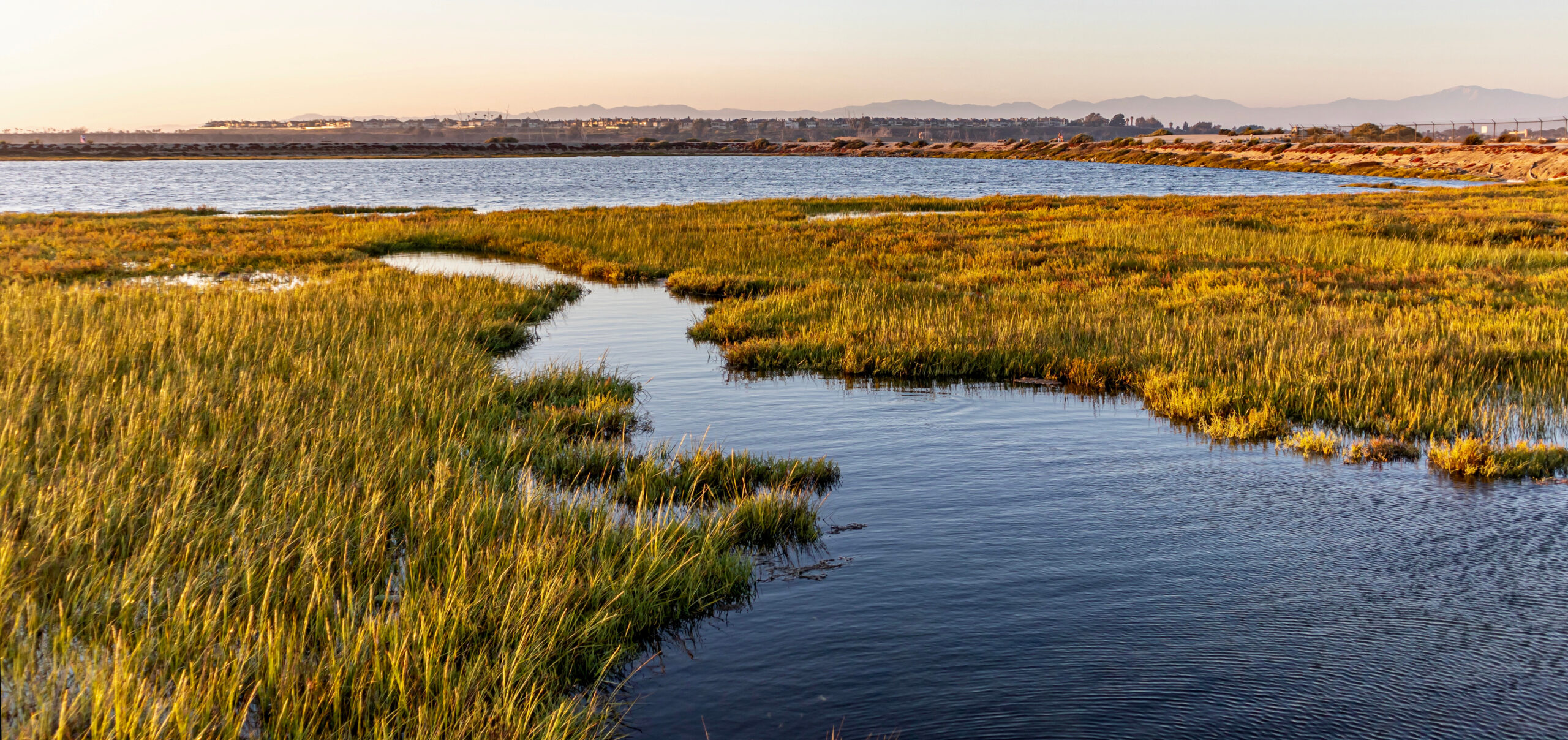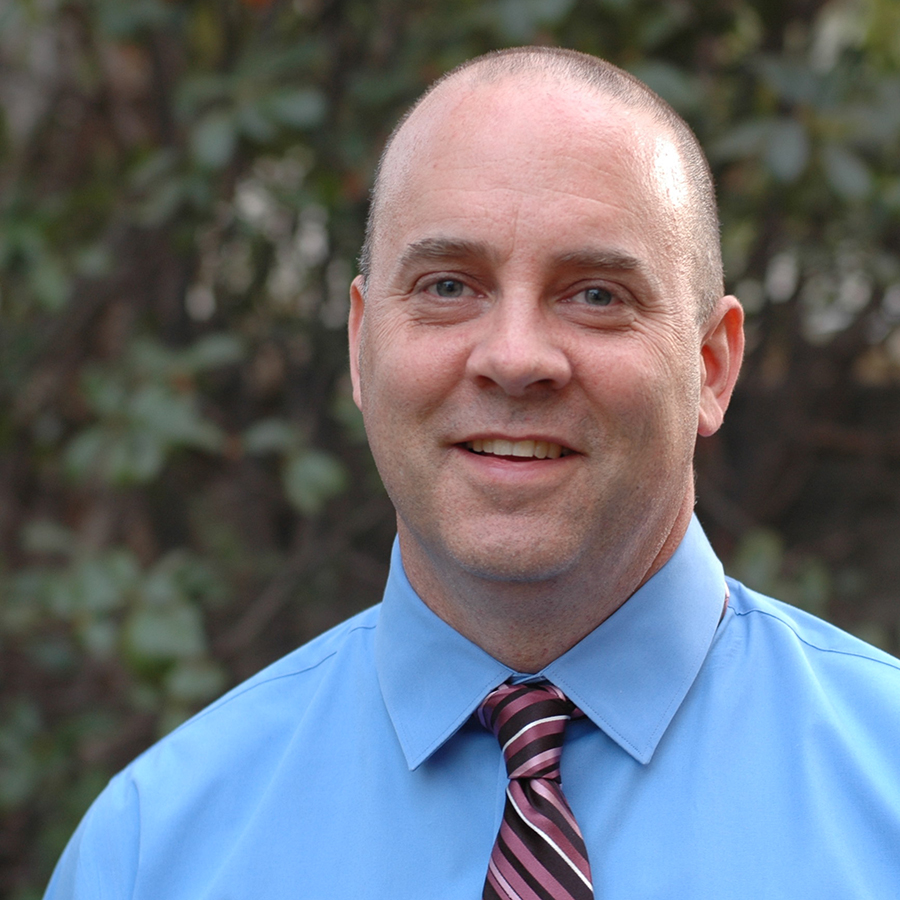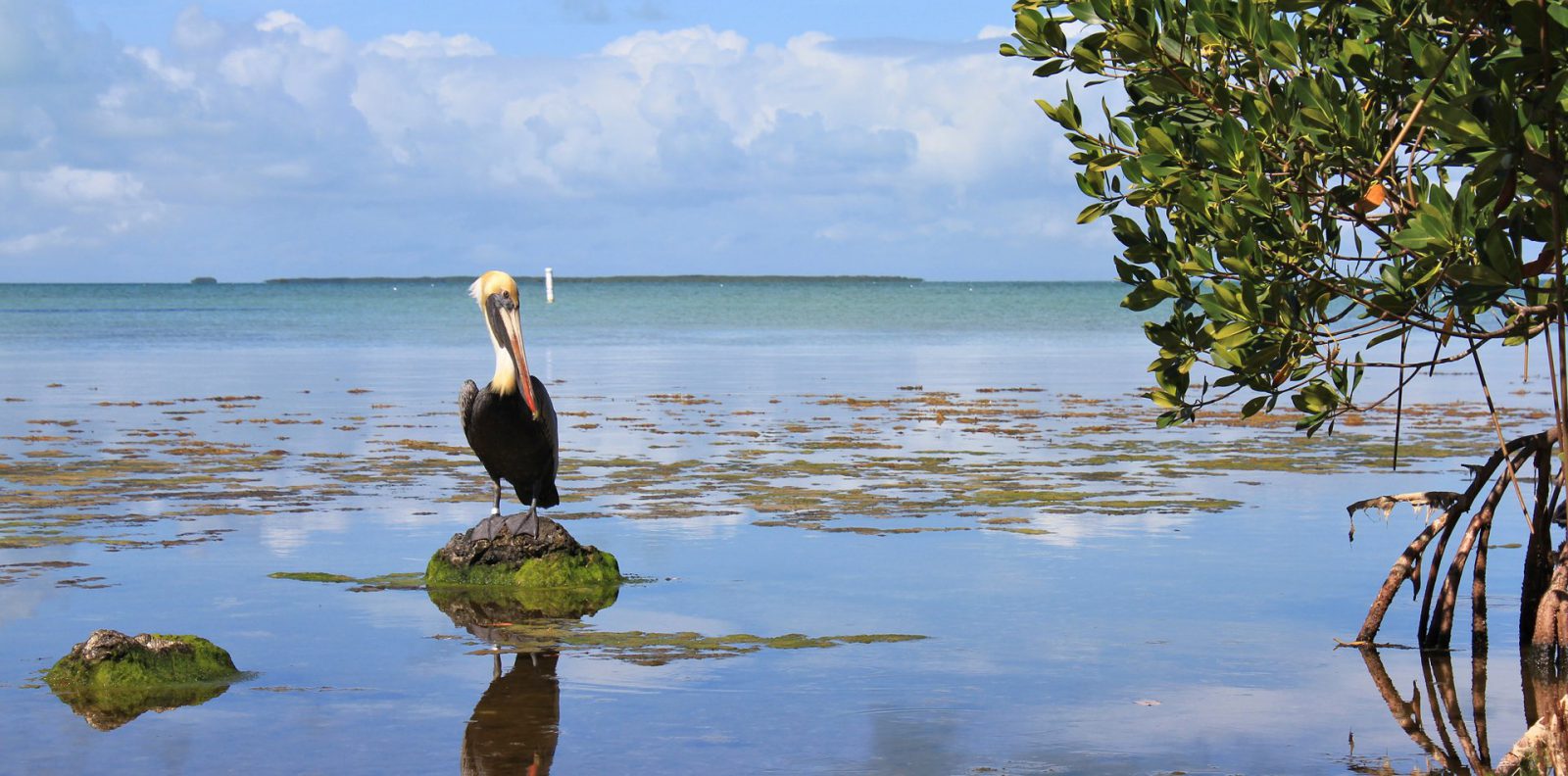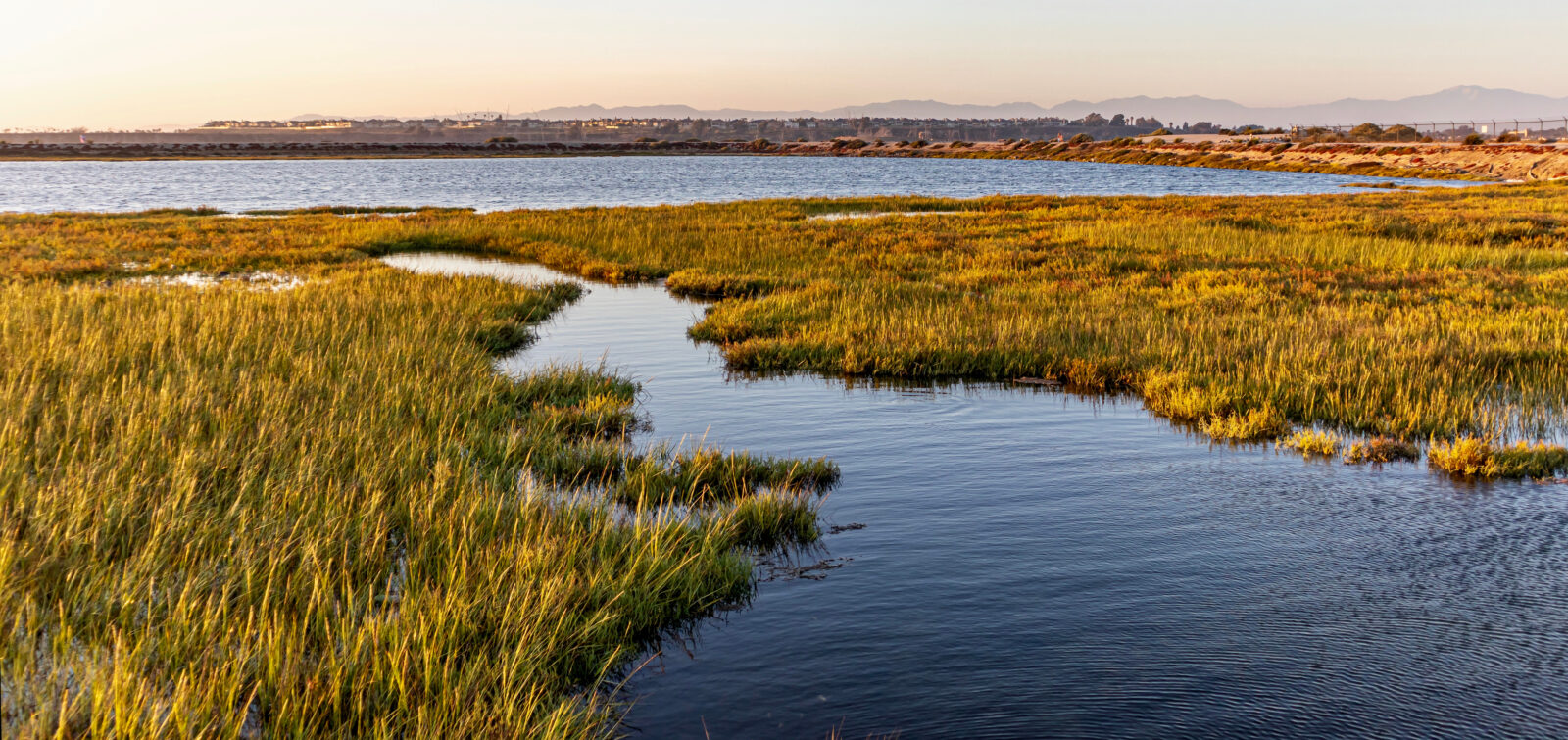Updated June 26, 2025: As announced by the U.S. Army Corps of Engineers on June 11, 2025:
“On 12 March 2025, the USEPA and the Army (“the agencies”) issued joint guidance [Memo to the Field “Proper Implementation of ‘Continuous Surface Connection’ under the Definition of ‘Waters of the United States’ under the Clean Water Act.”] on how to implement the “continuous surface connection” requirement for determining Clean Water Act jurisdiction over adjacent wetlands. The agencies held training on the guidance in April 2025. USEPA recently posted the slides from that training on its website at https://www.epa.gov/system/files/documents/2025-06/csc_memo_training_4-29-25_508.pdf.
Anyone who has had to obtain a Clean Water Act Section 404 permit from the U.S. Army Corps of Engineers (Corps) is familiar with waters of the United States, or WOTUS. They want to know “Are there any WOTUS on my site?” and “Do I need a 404 permit?” The quest for answers can be time-consuming and expensive. And, like the waters it is meant to protect, the definition of WOTUS has been fluid from 1972 to now, including the effects of the 2023 Sackett vs. EPA Supreme Court decision (Sackett).
The competing interests for protecting wetlands and reducing the burdens of permitting have resulted in WOTUS being a political football for almost five decades. The definition has expanded and contracted under successive administrations, regulations, and court cases.
The result has been ever-shifting criteria for what constitutes a WOTUS and a wetland. Under the 1986 definition of WOTUS, a wetland had to be “adjacent” to a downstream WOTUS to itself be a WOTUS regulated under Section 404 of the Clean Water Act. Originally, the term “adjacent” was interpreted loosely. In its attempt to limit the definition of WOTUS, Sackett answered some lingering questions left behind by prior cases and tightened the criteria for “adjacency,” but also created new terms and questions that continue to be litigated.
The Evolution of WOTUS Regulations
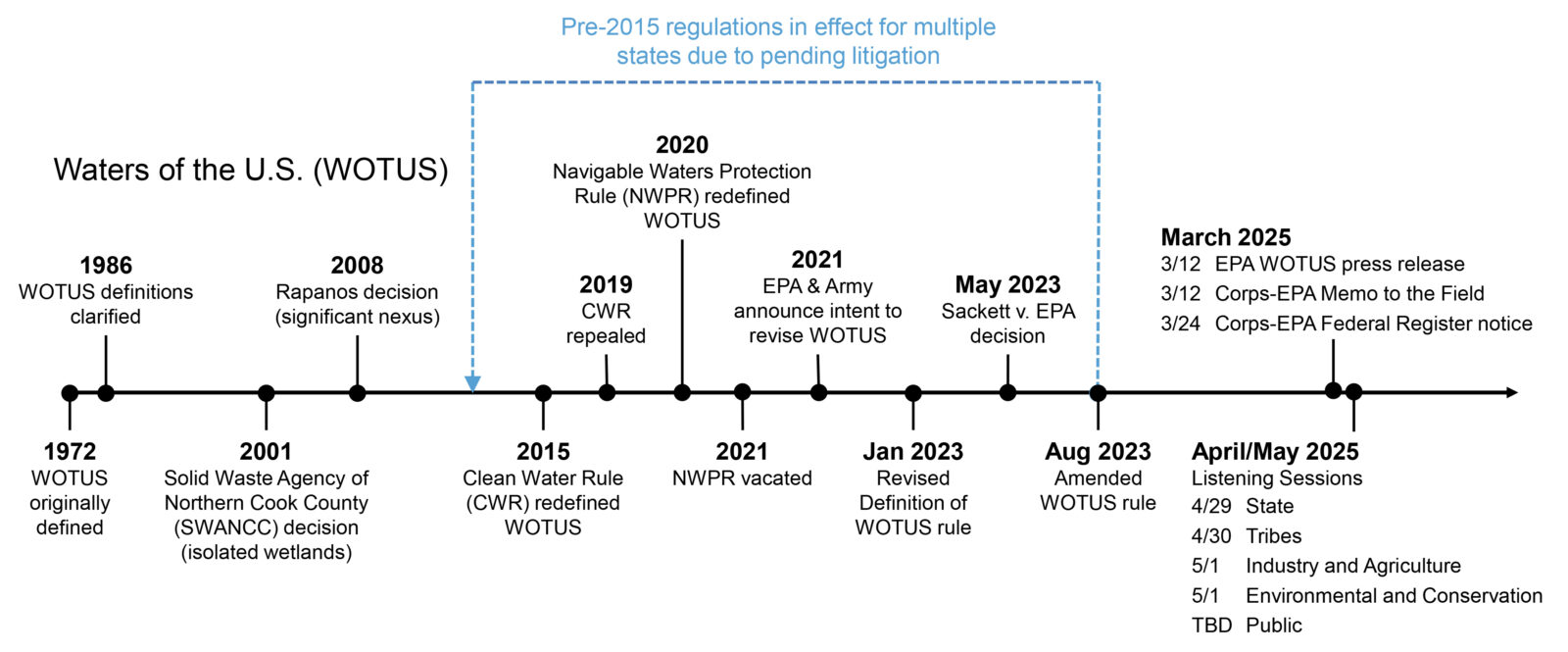
New Guidance Issued by the Corps
The back and forth continues with the latest move upending the Conforming Rule issued by the Biden Administration in 2023. On March 12, 2025, the EPA, under the Trump Administration, shared its intent to redefine WOTUS once again with a deluge of information, including a news release announcing the planned WOTUS rule-making would “ensure that a revised definition follows the law, reduces red-tape, cuts overall permitting costs, and lowers the cost of doing business in communities across the country while protecting the nation’s navigable waters from pollution.”
On that same day, the EPA and the Corps issued a “Memorandum to the Field Between the U.S. Department of the Army, U.S. Army Corps of Engineers and the U.S. Environmental Protection Agency Concerning the Proper Implementation of ‘Continuous Surface Connection’ Under the Definition of ‘Waters of the United States’ Under the Clean Water Act.” While not binding like regulations, this guidance memo made it clear where the agencies (and by extension, the Trump Administration) are heading.
This memo reminded us the preamble to the Conforming Rule considered a wetland to be “adjacent” if it was connected to a downstream WOTUS by a discrete feature like a non-jurisdictional ditch, swale, pipe, or culvert. It then reiterated the two-part test that Sackett established:
- The wetland must be adjacent to a relatively permanent body of water (WOTUS) connected to traditional interstate navigable waters.
- The wetland must have a continuous surface connection with that WOTUS, making it difficult to determine where the “water” ends and the “wetland” begins.
Additionally, the memo cited another Supreme Court case, Rapanos v. United States, which said that “adjacent” means “physically abutting.” The memo went on to conclude: “Therefore, any components of guidance or training materials that assumed a discrete feature established a continuous surface connection are rescinded.” The effect of this change is to further restrict which wetlands can be regulated under the Clean Water Act
Follow-Up from the EPA and the Corps and Next Steps
Following the news release and the memo to the field, the EPA and the Corps published a Federal Register notice, “WOTUS Notice: The Final Response to SCOTUS; Establishment of a Public Docket; Request for Recommendations.” As part of this effort to redefine WOTUS once again, the EPA and the Corps will hold listening sessions in April and May for states, tribes, industry and agricultural stakeholders, environmental and conservation stakeholders, and the public. This is a good opportunity for interested parties to suggest ways the agencies could improve WOTUS definitions, for example, by stressing the need for clarity and predictability.
The agencies are specifically seeking input on the following questions—what should be the scope of the following phrases? To which features should they apply?:
- Relatively permanent waters
- Continuous surface connection
- Jurisdictional ditches
What These Changes Could Mean for Your Project
These regulatory changes are likely to compound with other recent administration decisions to cause a number of cascading effects (click on each below to learn more):
State-by-State Approaches
As WOTUS continue to shrink due to Sackett, many states are acting to strengthen their wetland programs, including California, Colorado, Illinois, New Mexico, New York, and Virginia. For the states choosing to enhance wetland protections, this decision comes at a price. More protection means more staffing and more funds, which could put a strain on state resources. Plus, states with strong wetland protections may still experience declining water quality if their upstream neighboring states don’t have similar wetland protections in place.
The emerging patchwork of state wetland regulations will likely be confusing and inefficient for firms doing business nationally, which may be exacerbated if some states join a “race to the bottom” to attract economic development by further reducing their wetland protections. Indeed, some states such as North Carolina and Indiana have recently enacted laws that reduce wetland protections, and Tennessee and Missouri are considering similar bills.
On the plus side, state-to-state negotiations and agreements regarding wetlands could help improve regional water quality with less reliance on federal oversight.
Potential for Confusion and Delays
As WOTUS regulations continue to evolve, there are various risks and opportunities for project proponents that we may see play out over time. Despite the goal of increased efficiency for the regulated community, these recent changes may result in increased confusion and delays, at least for some initial period, due to the shift in wetland protection from federal to state agencies and the inevitable new litigation in response.
Another risk is that it will likely become more difficult to obtain a “federal nexus.” Projects with impacts to threatened or endangered species covered under the federal Endangered Species Act (FESA) often find it more expeditious to meet their FESA requirements if a federal agency such as the Corps consults with the U.S. Fish and Wildlife Service (USFWS) under Section 7 of FESA. However, this only occurs if a Corps permit is needed, creating a federal nexus and triggering a Section 7 consultation. Lacking such a federal nexus, a project proponent is left to consult directly with USFWS under Section 10 of FESA and is required to establish a habitat conservation plan, which can take years to complete before project approval is granted.
Need to Plan Ahead to Minimize Impacts
Over the next 5 to 20 years, expect even more regulatory changes when the pendulum eventually swings back under future administrations; that is, unless Congress does the unexpected and passes a more durable, bipartisan update to the Clean Water Act.
For planning purposes, it may be a good idea to request an approved jurisdictional determination (AJD) from the Corps to document the presence and/or absence of WOTUS on a potential project site. AJDs are generally valid for five years even if WOTUS regulations continue to change. However, stand-alone AJD requests are not prioritized by the Corps and can take a year or longer for approval. For a future project not yet in the planning stages, an AJD request will be prioritized if it is submitted with a token permit application for a very minimal project involving work in an aquatic resource (for example, maintenance of an existing structure). The benefit of this approach is that an AJD can be received much more quickly for a site even if the ultimate project has not yet been designed. With official confirmation of where WOTUS are (or are not) in hand, the full project can be designed over the next five years without being affected by any further regulatory changes.
Stay in Touch
Our federal permitting and regulatory experts are at the forefront of tracking environmental developments in this time of rapid change. ESA monitors agency announcements, Federal Register notices, and related litigation, and we’re dedicated to making that information available to you through our federal blog.
If you have questions about the WOTUS news or want to know more about additional events focused on permitting, please reach out to Dan Swenson, ESA’s Senior Principal Permitting Specialist.
